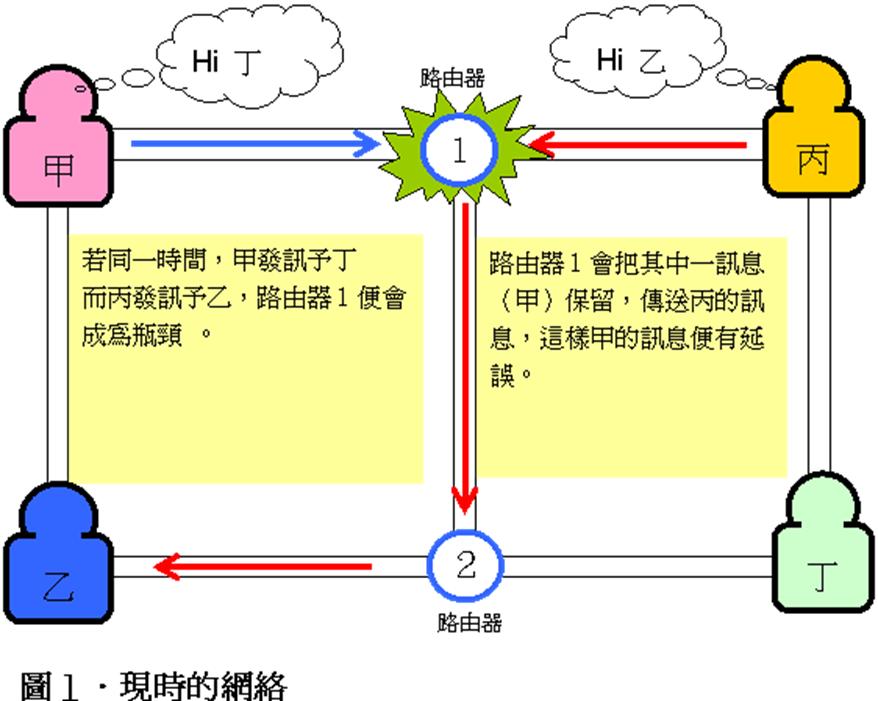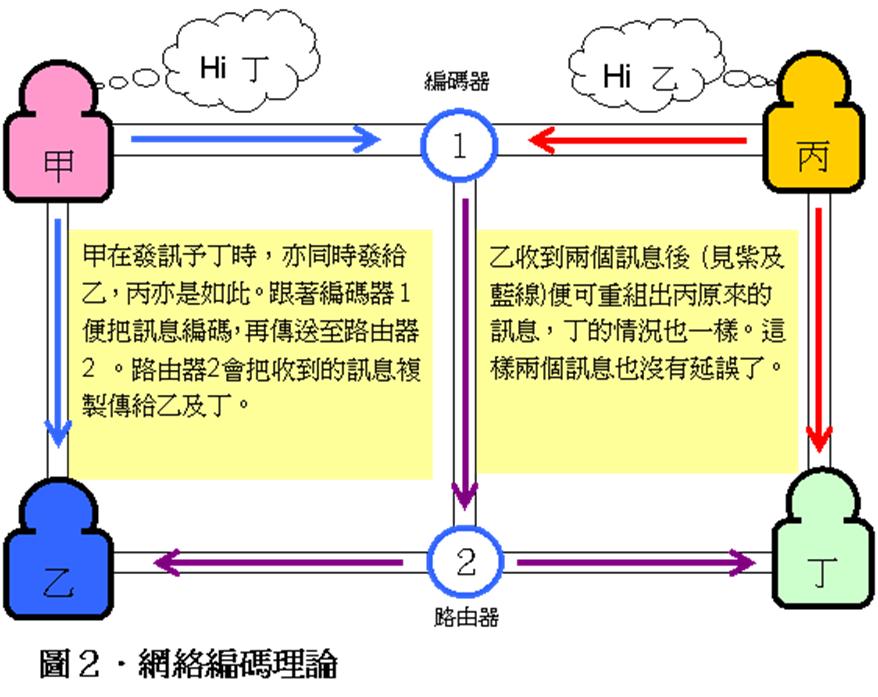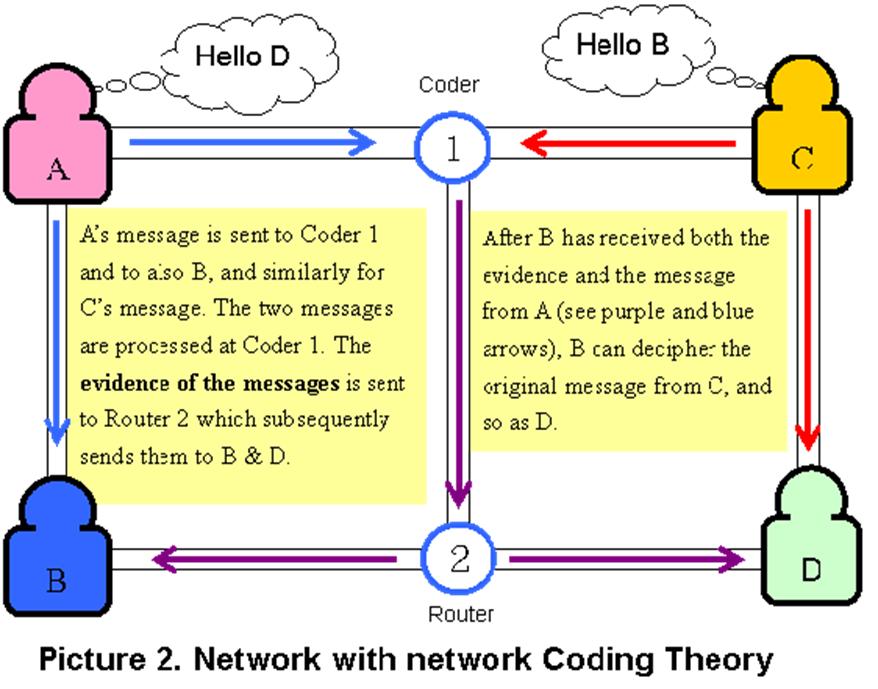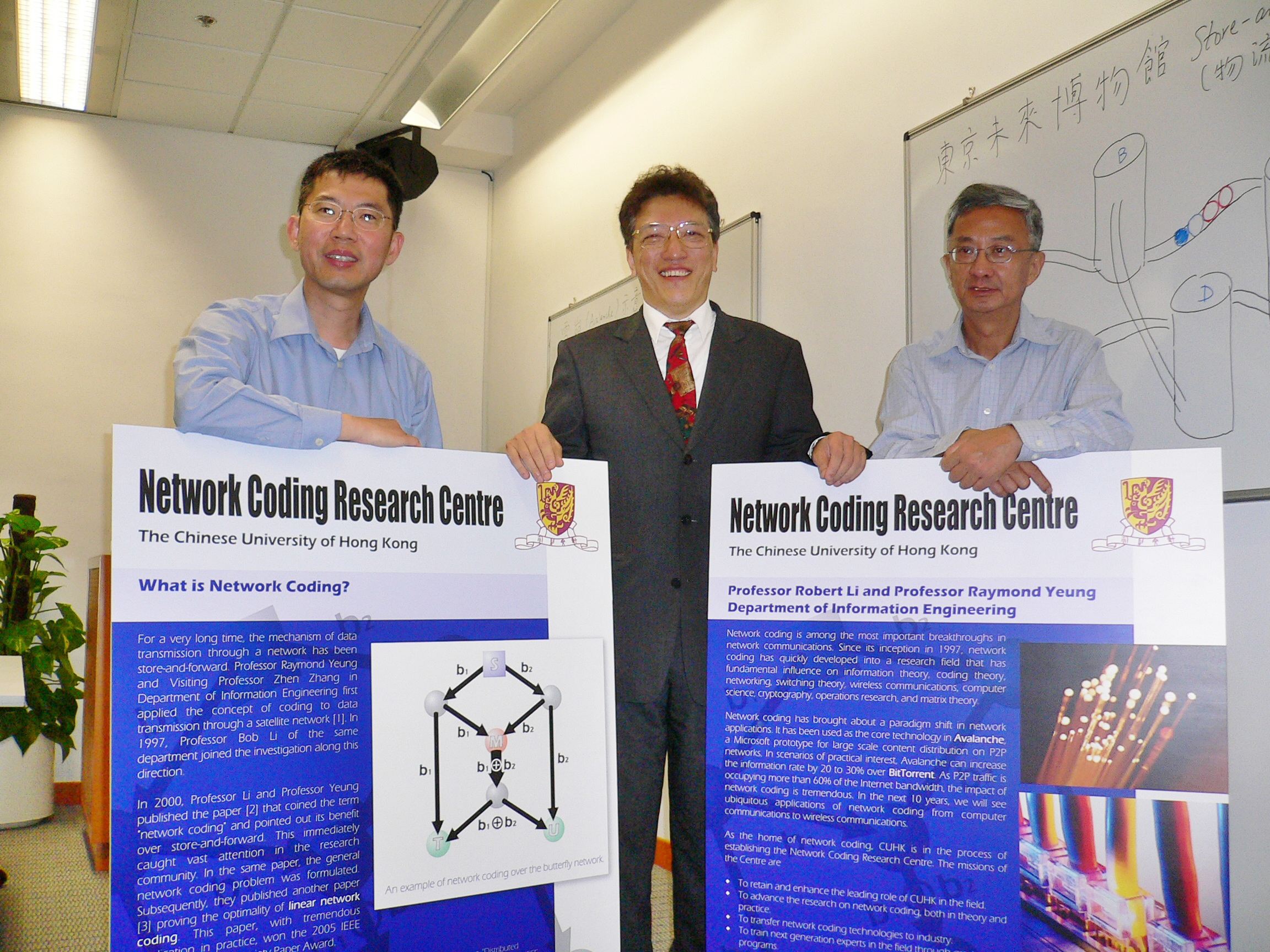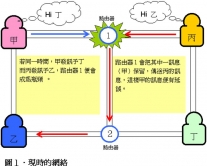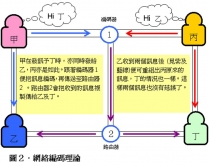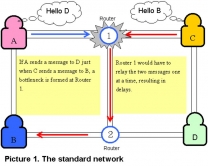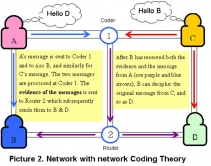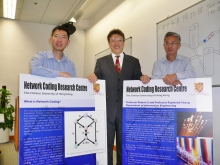CUHK
News Centre
CUHK embarks on the next information revolution – Network Coding Theory
“The history of modern communications systems has been marked by flashes of startling insight”wrote in the June issue of Scientific American, is a detailed report on Network Coding Theory, a theory originated at CUHK by Professor Shuo-Yen Robert Li, Professor Raymond Wai-Ho Yeung, Dr. Ning Cai of Department of Information Engineering, and Professor Rudolf Ahlswede from Germany. Scientific American was first published in 1845, making it the oldest continuously published magazine in the United States. It brings articles about forefront research to a wide range of audiences in both the U.S. and worldwide.
To understand network coding theory, one needs to grasp the basic concepts of network principle. Most HK citizens are not unfamiliar with traffic congestions. In fact, the Internet is susceptible to similar congestions. The Internet is a gigantic network connected by countless routers, acting like patrols. Bits from the same message are grouped into packets. Each of them is labeled with and forwarded to their intended destinations by routers.
For a very long time, investigators have been exploring exhaustively to improve the efficiency of the network, generally by extending existing methods. For example, the former Vice-Chancellor of the CUHK, Charles K. Kao has replaced copper cables by optical fiber to reduce attenuation in signal transmission, opening the door to the information age. For another example, complex switching theories are developed for routers to improve network efficiency, and so on. Yet few have given thoughts to whether routers do give the best solutions, and to possible alternatives other than routers.
Before the groundbreaking Network Coding Theory published seven years ago by the aforesaid CUHK professors, the network has always been a simple “store-and-forward” system, a mechanism similar to the operation of the postal/transport system in our daily life. Network coding theory replaces routers with coders, which transmit evidence of a message instead of sending the message itself. Receiver can deduce the original message by the evidence collected. In other words, bits of data from the same messages are no longer bounded by the same packet. Instead, pieces from different messages are coded during transmission and decoded upon reaching their destinations. In this way, communication over the network would be more flexible, leading to enhanced capacity and efficiency.
With their second paper on network coding, the three aforementioned professors of CUHK won the 2005 IEEE Information Theory Society Best Paper Award, one of the most prestigious awards in Information Science. It was the first time that the award was won by Hong Kong-based scientists and also the first time in more than 30 years that it was won by Asian scientists.
Network coding has brought about a paradigm shift in network applications. It has been used as the core technology in Avalanche, a Microsoft prototype for large scale content distribution on P2P networks. As P2P traffic is occupying more than 60% of the Internet bandwidth, the potential impact of network coding is tremendous. In the next 10 years, we will see ubiquitous applications of network coding from the Internet to wireless telecommunications.
CUHK is in the process of establishing the Network Coding and Information Research Centre, the first dedicated research centre in the field in network coding. It aims to advance research on network coding in both theory and practice, to transfer network coding technologies to industry, and to help elevate Hong Kong’s international standing in information engineering research. The Centre has received over 4 Millions of funding from The University Grants Committee (UGC), CUHK, Microsoft Research and Microsoft Research Asia. The Centre will hold the annual conference in network coding “NetCod 2008” in Hong Kong in Jan 2008.


